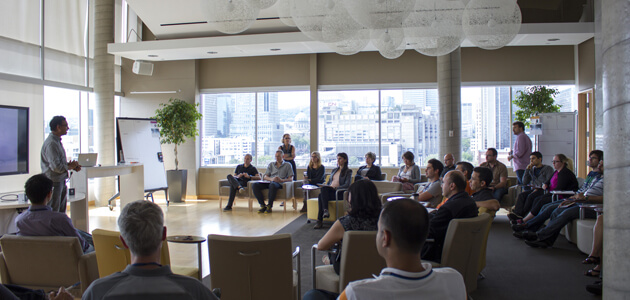
Data, context and design

Is user research in design obsolete or is it more important than ever?
Earlier this year, we conducted a Design Thinking workshop in partnership with our colleagues at SAP Montreal to explore the role of contemporary design research in an age of data prolification, at a time where it seems, increasingly, that the answers are available to us even before we ask the questions. At SAP Design Thinking is intrinsically part of their design approach, so the challenge was great for our team.
To kick off, we considered a daunting and familiar Montreal situation: An unexpected storm occurred overnight…
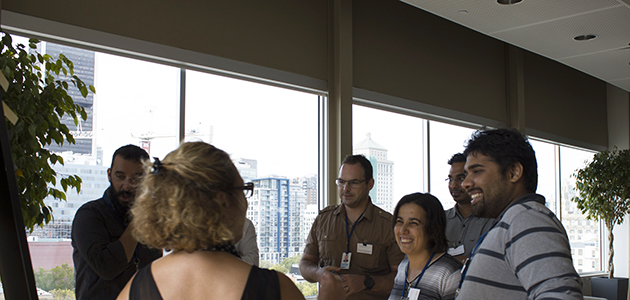
- The hopes and fears that this situation evokes
- And facts about snowfall volume and frequency, snow removal costs, injuries associated with snow removal and municipal snow removal policy
The challenge: to design ways to make citizens’ lives better during and after a snowstorm.
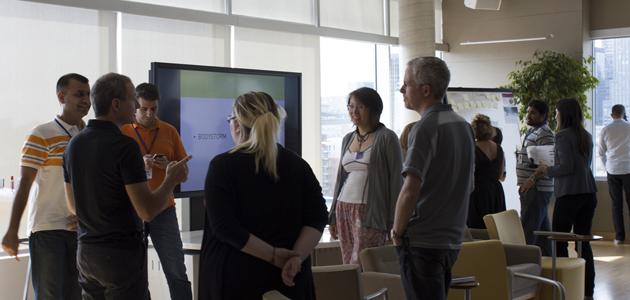
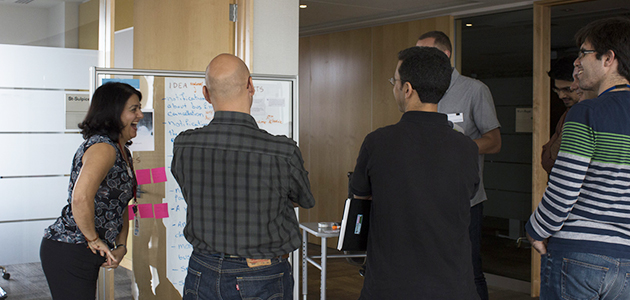
And we’re not alone in this observation. There’s a rising cohort of contemporary design researchers who are equally committed to harnessing big data as they are to exposing its limitations. Statistical analysis may tell us what’s happening in a given context, they point out, but understanding why, how and what would make things better demand complementary methods.
In her HBR Article The Hidden biases in Big Data, Kate Crawford warns against ‘data fundamentalism’ which obscures the causes of peoples’ behaviour and calls for rigorous qualitative research to illuminate the biases and blind spots in our statistics. Wired opinion piece Your Big Data Is Worthless if You Don’t Bring It Into the Real World considers data points collected in isolation of contextual observation to be mere “traces of our actions and behaviors.” Anthropologist Tricia Wang argues that big data needs thick data or contextual insight in order to be useful to designers.
For one thing, ethnographic or contextual research acts as a bridge, enabling organizations to identify what they don’t know but need to. For another, contextual research “gives something that Big Data explicitly does not – inspiration.”
Hre’s a small video of the workshop.
A big thank you to Ruturaj Mody at SAP for this fun opportunity!
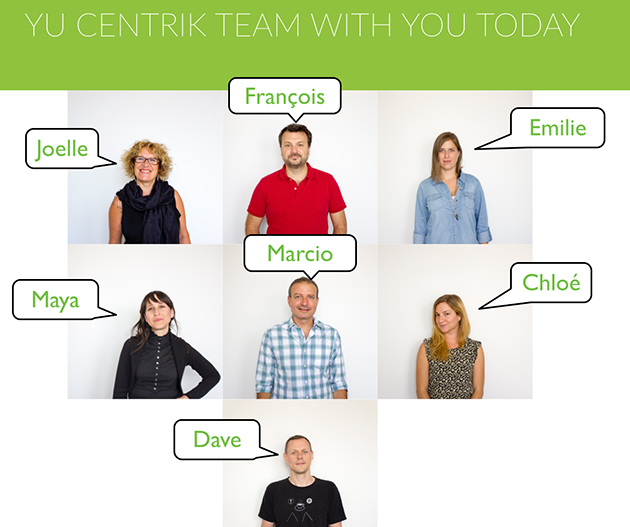
Source: New feed
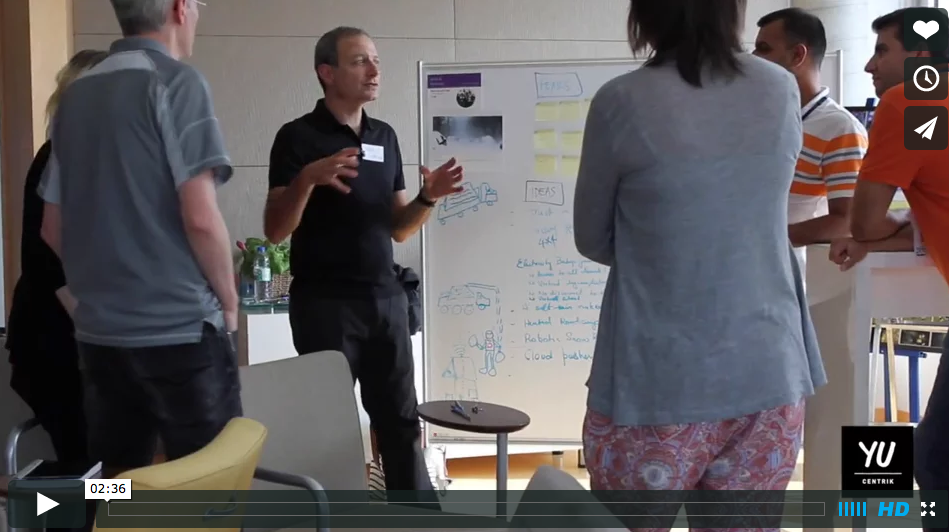
0 Comment(s)